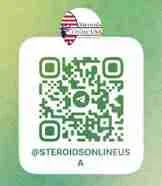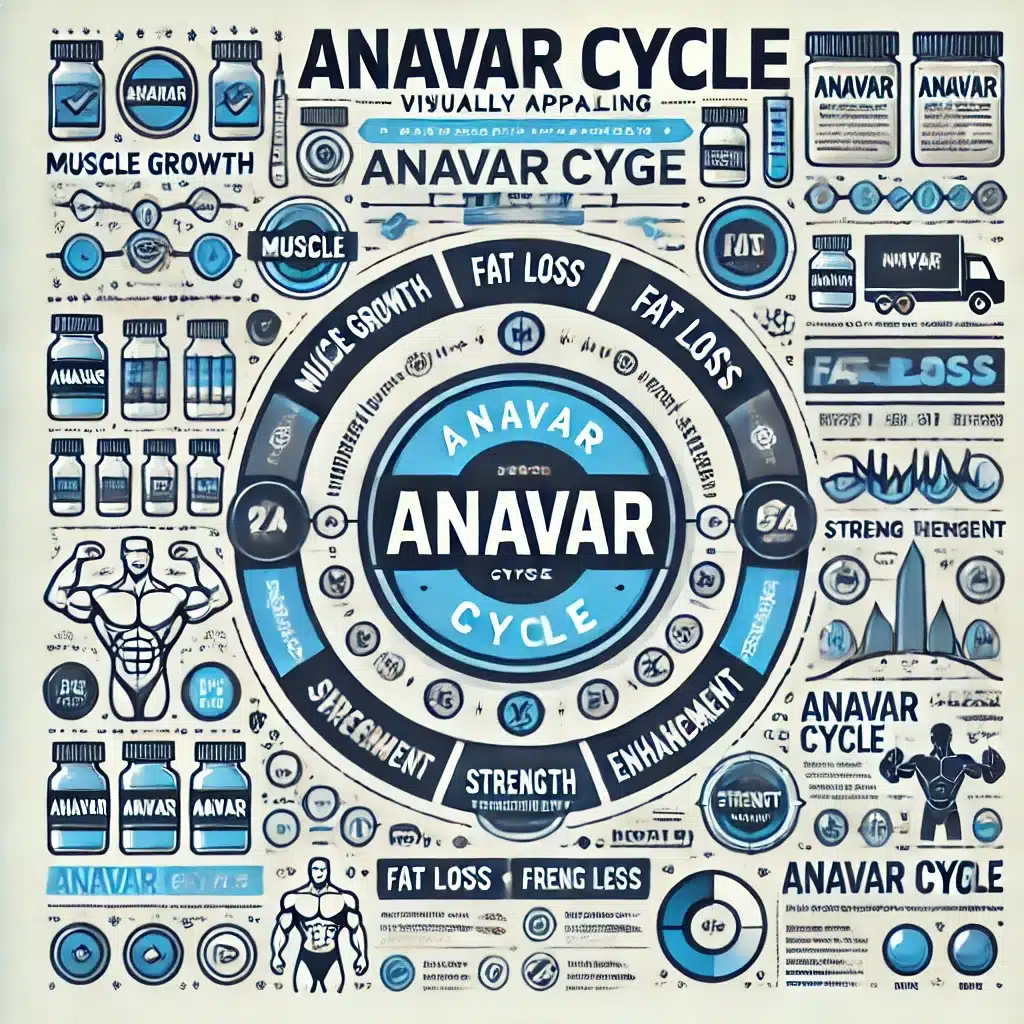Category
- Human Pharma Premium
- Phar Labs Premium
- Steroids on Sale USA, Real Steroids Online
- New arrivals in USA
- Most popular steroids in USA
- Antiestrogens / Gonadotropins
- Bangkok Steroid USA
- Biopharma Steroid USA
- British Dragon
- D & H Denkall Steroid USA
- Fat-burners
- Gen Pharma USA
- Medical Pharma Steroid USA
- Medical Tech Steroid USA
- Novocrine Steroids
- HGH USA
- Omega Labs Steroid USA
- Rotterdam Steroids USA
- SARMs USA
- Sciroxx Steroid USA
- Sydgroup Steroid USA
- Big vetenary Steroid USA
- Watson Steroid For Sale
- XT Labs Steroids
Most Popular steroids USA
-
 Anastrozole Human Pharma For Sale 5mg 60 Tabs Best Store
Anastrozole Human Pharma For Sale 5mg 60 Tabs Best Store
$110.00Original price was: $110.00.$89.00Current price is: $89.00. -
 Proviron For Sale Human Pharma 25mg 60 Tablets
Proviron For Sale Human Pharma 25mg 60 Tablets
$110.00Original price was: $110.00.$80.00Current price is: $80.00. -
 Clenbuterol Human Pharma For Sale 40 mcg 60 Tabs
Clenbuterol Human Pharma For Sale 40 mcg 60 Tabs
$99.00Original price was: $99.00.$75.00Current price is: $75.00.

Testosterone: A Comprehensive Profile
History of Testosterone
Testosterone, a naturally occurring hormone, was first isolated and identified in 1935 by German chemist Adolf Butenandt and Croatian chemist Leopold Ruzicka. For their groundbreaking work, they were awarded the Nobel Prize in Chemistry in 1939, recognizing the significance of their discovery in endocrinology and hormone research. The isolation of testosterone marked a major milestone in understanding the male reproductive system and its effects on the body.

Testosterone: A Comprehensive Profile
Medical Uses of Testosterone
Hypogonadism Treatment: One of the primary medical uses of testosterone is in the treatment of hypogonadism, a condition where the testes fail to produce sufficient testosterone. Testosterone replacement therapy (TRT) is administered to men with low testosterone levels to alleviate symptoms such as low libido, fatigue, and muscle loss.
Delayed Puberty: In cases of delayed puberty in adolescent boys, testosterone therapy can stimulate the
development of secondary sexual characteristics and promote the growth of muscle and bone mass.
Hormone Replacement in Menopause: Testosterone has been studied as a hormone replacement therapy in postmenopausal women to improve bone density and muscle mass, potentially improving overall quality of life.
Muscle-Wasting Conditions: Testosterone has been explored as a potential treatment for muscle-wasting conditions, such as HIV-associated wasting, where it can help preserve lean muscle mass and improve physical function.
Androgen Therapy: In some cases, testosterone is used as androgen therapy in transgender men to promote masculinization, leading to the development of male secondary sexual characteristics.
Athletes and Testosterone: Testosterone has been misused and abused by athletes and bodybuilders to enhance performance and muscle growth. The illicit use of exogenous testosterone is prohibited in most competitive sports and is considered doping. Athletes may use testosterone to gain a competitive edge, increase muscle mass, and improve strength and endurance. However, its use comes with significant health risks, legal consequences, and can tarnish the integrity of sports.
Genetic Mechanisms of Testosterone: At the genetic level, testosterone functions as a steroid hormone that binds to androgen receptors inside cells. Upon binding, the testosterone-receptor complex translocates to the nucleus, where it interacts with specific DNA sequences known as androgen response elements (AREs). This binding leads to the upregulation or downregulation of specific genes, influencing various cellular processes such as protein synthesis, muscle growth, and other anabolic effects.
Side Effects of Testosterone: While testosterone has many beneficial effects, it also carries potential side effects, especially when used in higher-than-therapeutic doses or without medical supervision. Some common side effects include:
Suppression of Natural Testosterone Production: Exogenous testosterone can suppress the body’s natural testosterone production, leading to hormonal imbalances and requiring post-cycle therapy (PCT) after discontinuation.
Androgenic Side Effects: Increased androgen levels can cause acne, oily skin, and male pattern baldness in individuals predisposed to these conditions.
Estrogenic Side Effects: Testosterone can aromatize into estrogen, leading to water retention, gynecomastia (development of breast tissue in men), and mood swings.
Cardiovascular Risks: Testosterone may negatively impact cholesterol levels, leading to an increase in LDL cholesterol (bad cholesterol) and a decrease in HDL cholesterol (good cholesterol), potentially increasing the risk of cardiovascular issues.
Liver Strain: Oral testosterone preparations, such as methyltestosterone, can place strain on the liver due to the 17-alpha alkylation process.
Bodybuilding Uses and Dosages
In the world of bodybuilding and performance enhancement, testosterone is highly valued for its anabolic properties and ability to promote muscle growth and strength gains. Bodybuilders often use testosterone as the foundation of their steroid cycles, either as a standalone compound or as part of a stack with other anabolic steroids. The dosages used in bodybuilding can vary significantly depending on the individual’s experience level, goals, and tolerance to the compound.
Dosages for Testosterone in Bodybuilding:
Beginners: For beginners, dosages of testosterone are typically conservative to assess tolerance and reduce the risk of side effects. A common starting dose is around 300 to 500 milligrams per week (mg/week). This dose is sufficient for noticeable muscle gains and performance enhancement.
Intermediate Users: Intermediate bodybuilders with some experience using steroids may opt for higher dosages to achieve more significant results. Dosages in the range of 500 to 750 milligrams per week are common at this stage. However, it’s essential to monitor for any adverse effects and adjust the dosage accordingly.
Advanced Users: Experienced bodybuilders who have used steroids extensively and understand their body’s response to testosterone may choose to use dosages above 750 milligrams per week. Some advanced users may even go as high as 1000 milligrams per week. However, such high doses come with increased risks and should be approached with caution.
Cycling and Duration: The duration of a testosterone cycle in bodybuilding typically ranges from 8 to 12 weeks, with some advanced users pushing it to 16 weeks. Longer cycles increase the risk of side effects and can lead to more extended periods of natural testosterone suppression.
Post-Cycle Therapy (PCT): After the completion of a testosterone cycle, bodybuilders undergo post-cycle therapy (PCT) to help restore their natural hormone production and minimize the negative effects of hormonal imbalances. Common PCT protocols include the use of selective estrogen receptor modulators (SERMs) like tamoxifen (Nolvadex) or clomiphene (Clomid).
Stacks and Combinations: Bodybuilders often stack testosterone with other anabolic steroids to achieve specific goals. Some popular testosterone stacks include:
Bulking Stack: Testosterone is frequently combined with compounds like Dianabol or Deca Durabolin for substantial muscle gains during bulking cycles.
Cutting Stack: Testosterone is commonly stacked with cutting agents like Trenbolone or Anavar to preserve muscle mass while promoting fat loss and achieving a lean, shredded physique.
Advanced Stacks: Experienced bodybuilders may create more complex stacks involving multiple compounds to tailor their cycle to their unique goals and preferences.
Conclusion: Testosterone is a fundamental component of many bodybuilders’ and athletes’ steroid cycles due to its anabolic potency and effectiveness in promoting muscle growth and strength. However, it’s crucial to emphasize that the misuse and abuse of testosterone and other anabolic steroids can lead to significant health risks and adverse effects. Responsible use, dosing, and awareness of potential side effects are essential to maximize the benefits of testosterone while minimizing its potential drawbacks. Proper medical supervision, especially for higher dosages and prolonged cycles, is highly recommended. As with any performance-enhancing substance, adherence to applicable laws and regulations is paramount to ensure safety and avoid legal repercussions.
Share this page:
- Click to share on Twitter (Opens in new window)
- Click to share on Facebook (Opens in new window)
- Click to email a link to a friend (Opens in new window)
- Click to share on LinkedIn (Opens in new window)
- Click to share on Reddit (Opens in new window)
- Click to share on Pinterest (Opens in new window)
- Click to share on Telegram (Opens in new window)
- Click to share on WhatsApp (Opens in new window)
- Click to share on Tumblr (Opens in new window)
Pay with WISE APP or Remitly
Pay with WISE App or Remitly
Fast money transfers from USA for fast delivery of steroids
Secure delivery in USA
100% reliable shipping in USA
24x7 Support
Online 24 hours
Low cost delivery
Great shipping prices in USA
BULK ORDER DISCOUNT
If you are a reseller in the USA you can get a special DISCOUNT, we can give you up to 50% or more on bulk orders. If you want to make a bulk order, we can negociate for orders of over USD$4,000, contact us by email.
Steroids info






